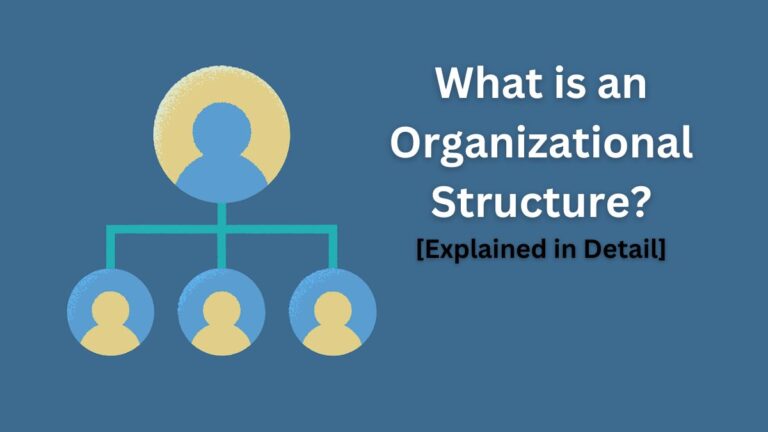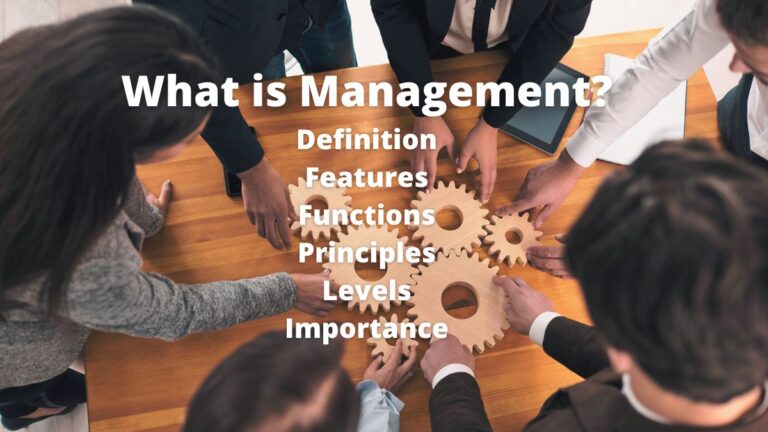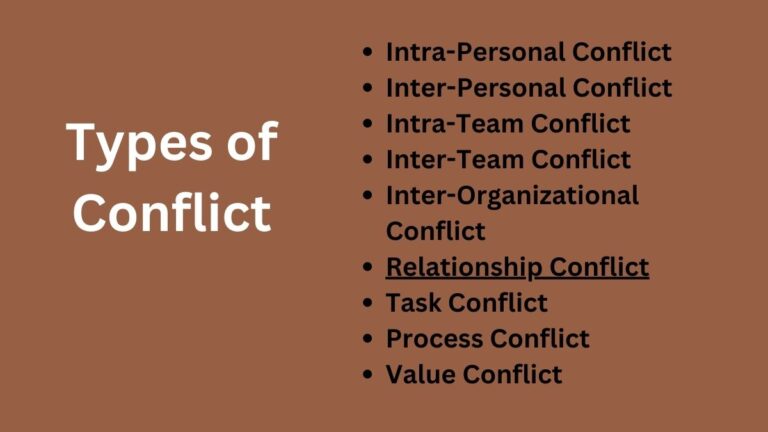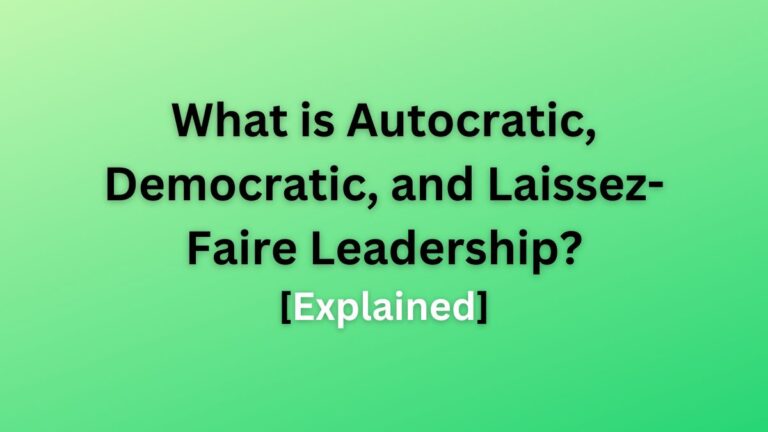Delegation of Authority: Definition, Features, Process, Principles, Importance, Barriers, and Ways To Overcome
In our personal life, when we have too much work to do we transfer some of our responsibility to others say, brothers or sisters. While transferring the responsibility we also give the required right to make decisions so that the brother can make necessary decisions on his end to do the task efficiently. This is…








